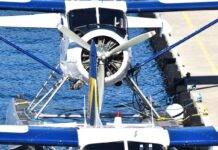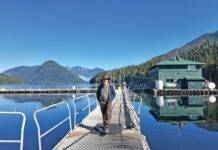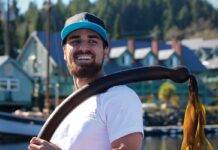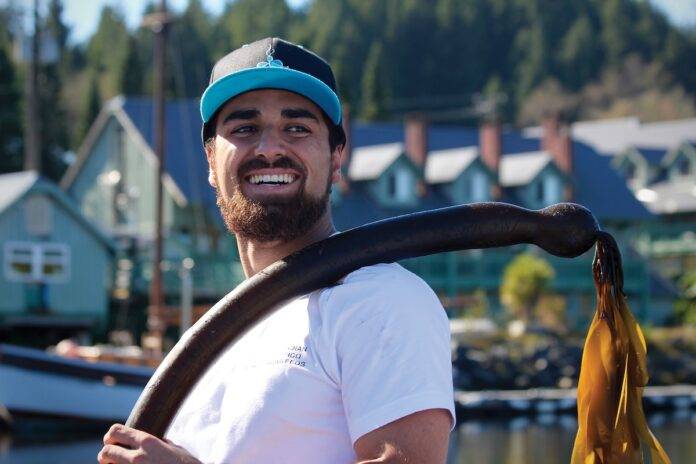A small B.C. company that helps drive “the seaweed network” up and down the coast is touting a new agritech tool, developed here, that will be a game changer in seaweed production and habitat restoration for marine ecosystems worldwide.
Canadian Pacifico Seaweeds, which unveiled its new seeding technology at the recent International Seaweed Symposium in Victoria, sees KelpSpat as a breakthrough that streamlines the cultivation of kelp.
“It enables small-scale coastal fishermen to participate directly in a for-profit model,” says company founder and CEO Majid Hajibeigy. “Essentially, we use this tool — it’s an automated, precision seeding system that delivers a ready-to-deploy culture line … that we provide to both restoration and cultivation [groups].”
Kelp, considered a keystone species, is vital for ocean wildlife habitat and is also rich in essential nutrient minerals. From absorbing carbon and minerals to being a food source for marine animals, land-based livestock and people, it is both an environmental linchpin and an economic opportunity.
Canadian Pacifico, in collaboration with German engineering firm MIT, has reinvented the way it grows and delivers its kelp seed. It tapped Vancouver-based Bioform Technologies, which created an adhesive property — a “glue,” in effect — that binds the seed to material that will then be secured to fixed, natural substrates like boulders and larger rocks in the ocean.
“We created a floating seed container that pumps out the seedlings that we need that is compatible with the glue, and then we’ve also developed an automated machine with our engineering firm in Germany that puts it all together and spits out a spool of ready-to-deploy culture line,” says Hajibeigy. “You put in your glue on one end of the machine and your seed, it mixes it up and applies it to the rope, and then the rope pops out on the other side in nice, little spools that you can just send off to the location.”
The machine for this technology is not operational yet — the first is scheduled to start in November in Norway, followed by B.C. waters next year and also in Chile — but the KelpSpat manual application process is in full swing now.
What the public at the Victoria seaweed symposium saw in the spring was a mini version of what will be coming to Island waters and up the B.C. coast by next year.
“The reaction was incredible, it was awesome,” says Hajibeigy. “People were able to see a demonstration, mini table-top version of the fully functioning unit, so we could pump our glue into it, we could put our rope through it. Everyone was very impressed with the technology.”
























